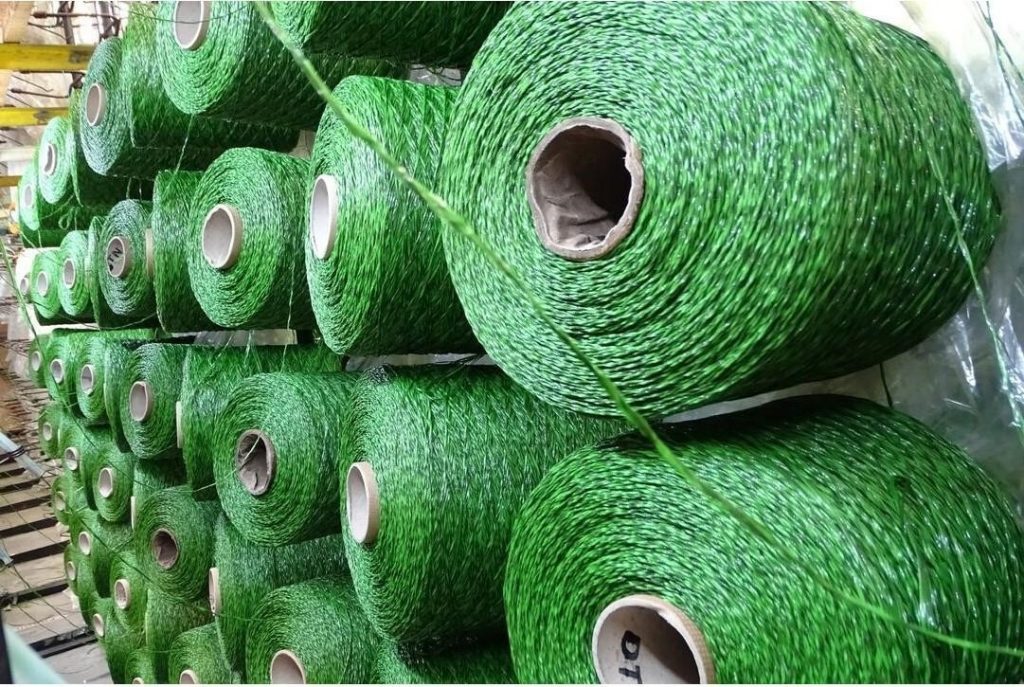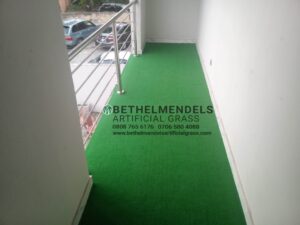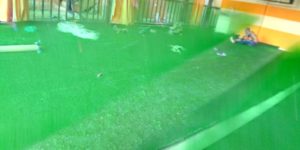How Artificial Grass Is Made
Have you ever thought of how synthetic material is made into artificial turf?
It all starts with white plastic pellets that act as the base material. These are then combined with green pellets that hold the colors, U.V. stabilizers and additives.

Equipment melts the plastic together and extrudes it through a perforated steel plate. The strands exit the steel plate into a trough of water which solidifies the synthetic grass mixture.
A machine pulls the strands through a large pulley and keeps them separated while they move on to the next station. Rollers stretch the strands until they become as thin as real grass. Spools hold the synthetic grass strands. Once a spool has been filled, different color strands are woven together to form multiple synthetic yarns. The yarn is prevented from slackening by traveling through guides while it is wound around a giant spool.
Mesh fabric merges with synthetic sheeting while the synthetic yarn travels through tubing to a tufting machine. A tufting machine is like a giant sewing machine and contains over 200 needles to hook the yarn through the sheeting.
While the turf is being tufted, small knives underneath cut the ends to make the yarn appear like grass blades. The backing is moved to a coating roller which picks up adhesive to apply to the turf’s backing.
The adhesive is dried in both open-air as well as an enclosed setting. As the turf exits the drying, hot pins burn holes into the turf for drainage.
After undergoing multiple inspection points, including measuring the turf fiber length and minor trimming, the turf is moved to a device that simulates football cleats to affirm the turf’s durability.








